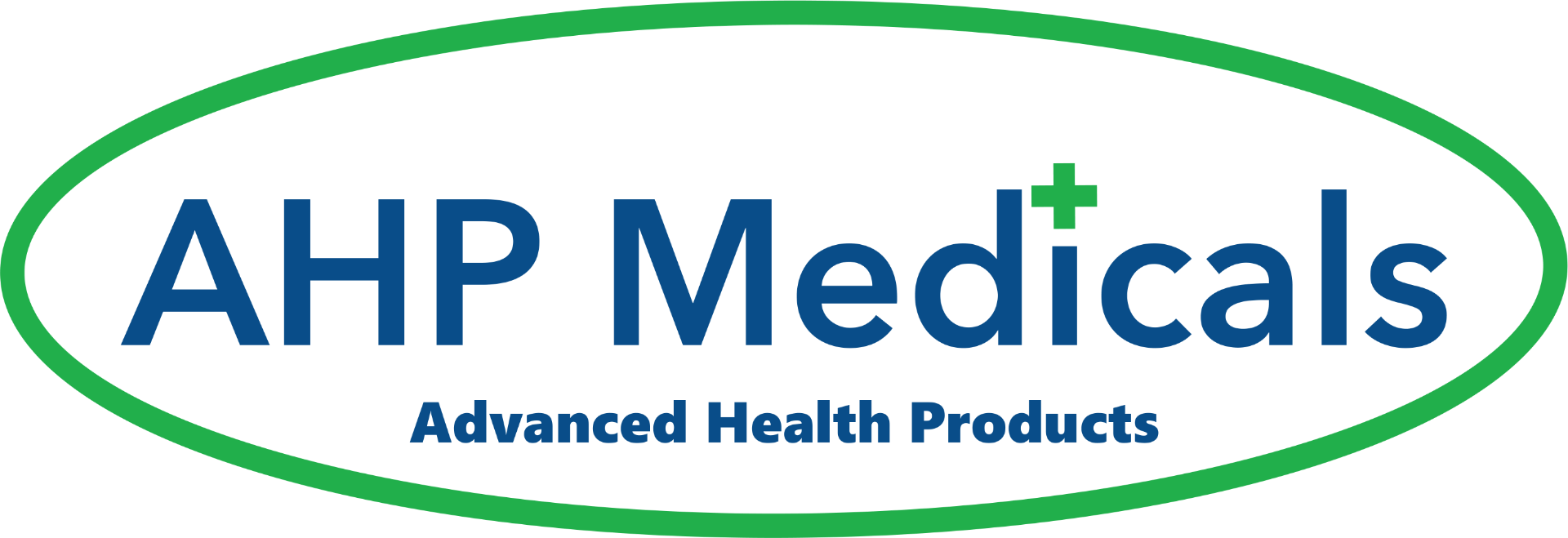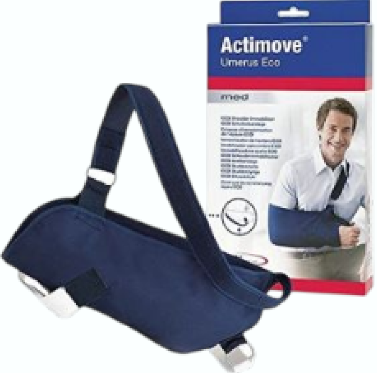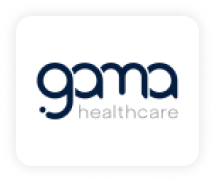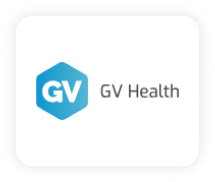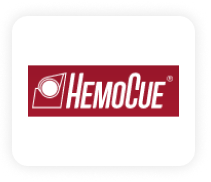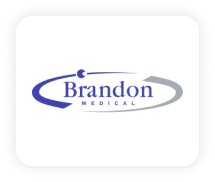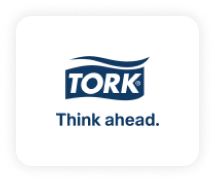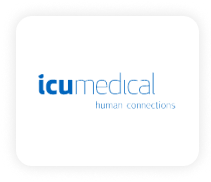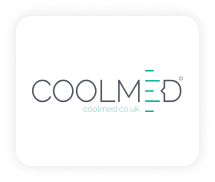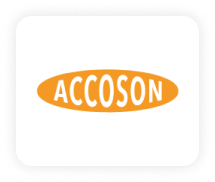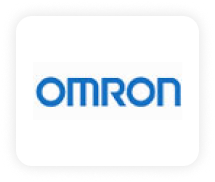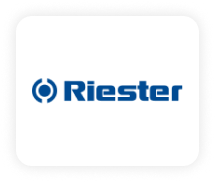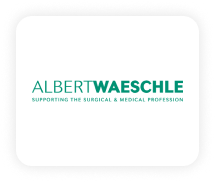12 Crucial Medical Supplies to Prepare for Emergencies

Disasters may occur any time, and it is important that a person is ready to face it in order to, at least, reduce the severity of the results. This can be at home or in the office, or even in a health facility; proper medical supplies should be easily accessible. Below we detail the 12 important medical supplies you should consider stocking before an emergency occurs.
1. Blood Pressure Monitors
A blood pressure monitor is essential in any event of an emergency. It enables you to check the pressure of the blood, which could be an indicator of high blood pressure that defines hypertension or a heart attack. There are no necessary motions that have to be performed by you; the blood pressure reading is accurate and can be used by doctors.
2. Aspirators and Suction Pumps
During emergencies with respiratory distress, suction pumps and aspirators are essential equipment. These devices assist in opening the airway through the removal of mucus, blood, or other obstructions within the throat or lung, specifically when someone is choking or has complications after surgery.
3. Pulse Oximeters
A pulse oximeter is a compact reporter device that gauges the extent of oxygen blood saturation. It is extremely beneficial in life-threatening situations such as respiratory failure, asthma, or cardiac arrest because it reflects the body’s effectiveness in delivering oxygen to various tissues.
4. ECG Machine
An ECG (electrocardiogram) machine is required to diagnose heart complications, particularly during an emergency. This one monitors the electrical signals of the heart and is useful in the identification of improper heart rhythms or heart attacks or other life-threatening cardiovascular diseases.
5. Syringe Driver
It is a medical device that is used for advanced administration of medication with patient-controlled technologies that utilize a syringe driver and other components in serious care facilities. It also avails a means of constant delivery of prescriptions, such as pain relief medicines, in the correct proportions required for the patient.
6. Otoscopy and Ophthalmology Equipment
The otoscopes and ophthalmoscopes should be present to help diagnose ear and eye complications in a situation of an emergency. They include tools used by healthcare providers to diagnose the state of the eyes, ears, and nasal passage and give initial information on infections or the presence of foreign bodies in the area in question.
7. Autoclaves and Sterilization Equipment
Sterilization is very important in any kind of emergency, and an autoclave is very important because it helps in the cleaning of all the types of instruments. ‘Autoclaves,’ both standalone and with their accessories, help cleanse surgical instruments from bacteria and disease-causing organisms.
8. Nebulizers and Respiratory Care
In respiratory emergencies it is important to have nebulizers and respiratory monitors. A nebulizer is used to deliver medications directly to the lungs, something that is particularly important when treating conditions such as asthma or COPD. A spirometer can also be used for determining lung capacity and for managing the patient's treatment.
10. Defibrillators
Defibrillators are devices utilized to reset a normal rhythm of the heart in cases of an arrest. They are always the deciding factors in critical or emergency issues. An AED is reliable and more portable in comparison to an AED, as well as simple and can be bought in any store and utilized in times of emergency.
11. Stethoscopes
A stethoscope is perhaps one of the most basic pieces of equipment that must always be carried along in an emergency set. It is utilized to assess the work of the heart, lungs, and other inner organs; it helps to identify disruption, such as an uneven pulse rate or fluid in the lungs.
12. Thermometers
In emergency situations, taking temperature helps in identifying symptoms of some possible infections, for instance, fever. A forehead thermometer, or a digital thermometer, will not only take necessary and quick measurements but will help to evaluate the level of the problem.
Conclusion
To meet the emergencies, it is important that one possesses adequate medical supplies, as will be illustrated next. Regardless of whether you are trying to check on the vital signs, administering respiratory therapy, or in need of dealing with any heart-related cases, having these twelve medical supplies is a must to have to be ready for anything that might come your way. Staying ready with these tools in your first-aid kits and emergency bags could help save a life next time.
 Offers
Offers
